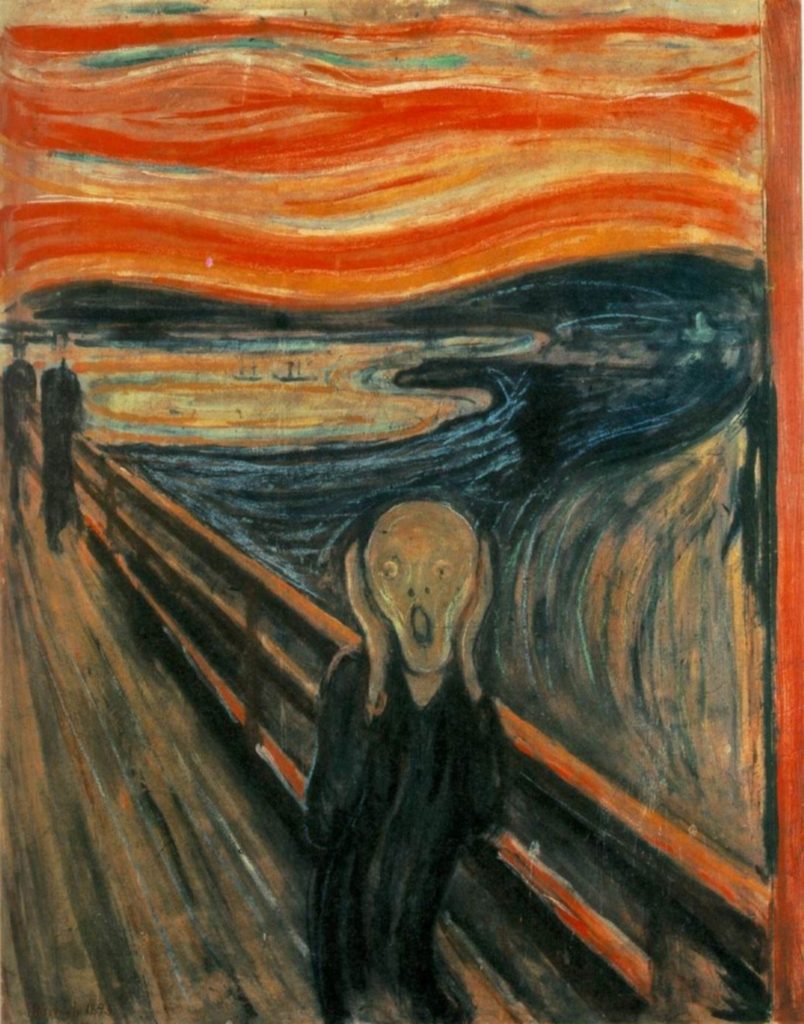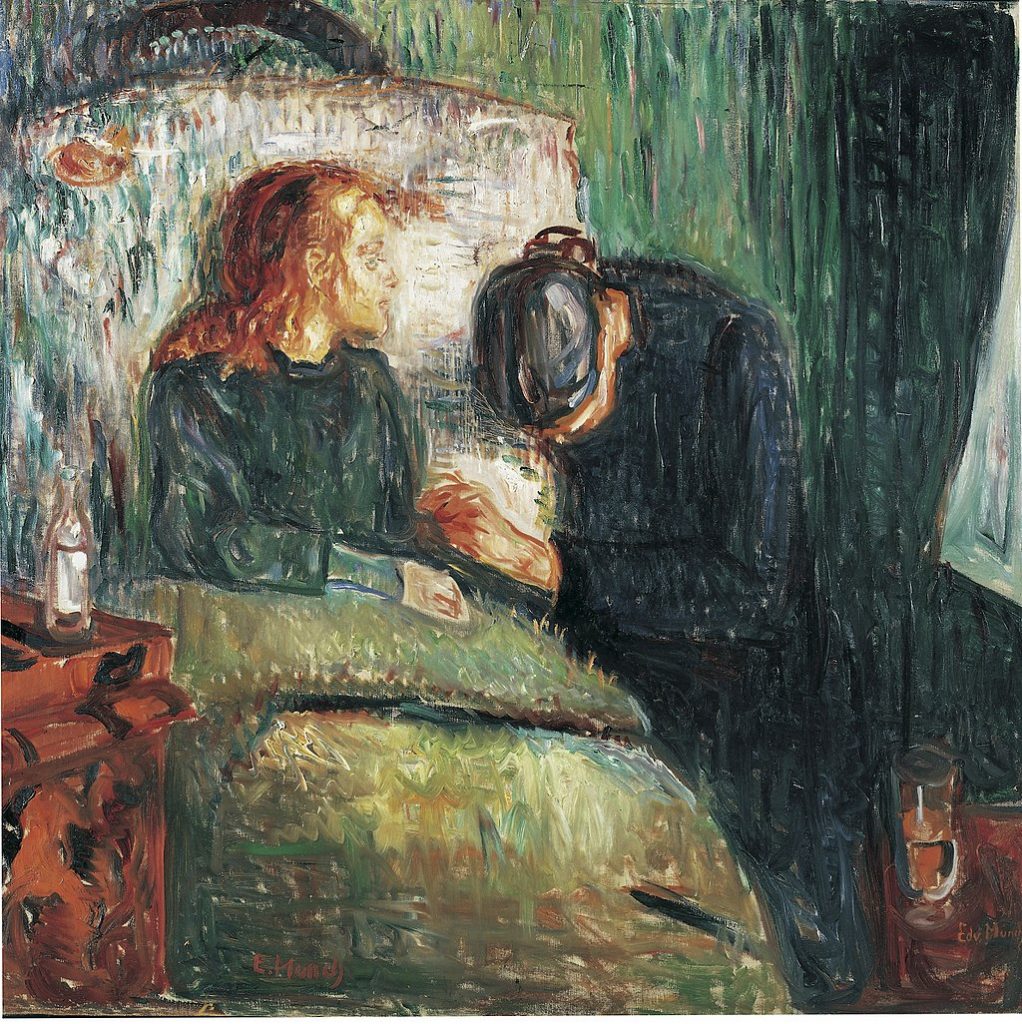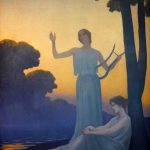Edvard Munch (December 12, 1863 – January 23, 1944) was a Norwegian painter and printmaker, best known for his contributions to the Symbolist and Expressionist movements in art. He is most famous for his iconic painting “The Scream” (1893), which has become an enduring symbol of anxiety and existential despair.
Here are some key points about Edvard Munch and his life and work:

- Early Life and Influences: Edvard Munch was born in Loten, Norway, and grew up in Oslo (then called Kristiania). He experienced a difficult childhood marked by the death of his mother from tuberculosis when he was just five years old. This early loss and his father’s death a few years later had a profound impact on his work and themes, leading to his fascination with themes of death, illness, and anxiety.
- Artistic Training: Munch received formal artistic training at the Royal School of Art and Design in Oslo, where he began to develop his own style. He was influenced by Symbolist and Post-Impressionist movements, as well as the works of Vincent van Gogh and Paul Gauguin.
- “The Scream”: Munch’s most famous work, “The Scream,” exists in multiple versions, including paintings, lithographs, and pastels. The painting depicts a figure standing on a bridge with a turbulent sky in the background, and a distorted, ghostly face. The image conveys a sense of existential angst and inner turmoil, reflecting Munch’s own psychological struggles.
- Exploration of Themes: Munch’s art often explored themes of love, jealousy, death, and anxiety. His works were deeply personal and often drew from his own experiences and emotions. He frequently depicted human figures in distorted and emotionally charged ways.
- Exhibition and Controversy: In 1892, Munch exhibited a group of paintings that were part of his “Frieze of Life” series, which included “The Scream.” The exhibition caused a scandal and was met with mixed reviews, with some critics and viewers finding his work shocking and disturbing.
- Influence on Expressionism: Munch’s work had a significant influence on the development of Expressionism, an artistic movement that sought to convey emotions and subjective experiences through art. His use of color, bold brushwork, and psychological intensity were particularly influential on later artists.
- Later Life: Munch continued to paint and exhibit his work throughout his life. He received recognition in various European art circles and was a part of the Berlin Secession movement. He also spent time in Germany, where his art found an appreciative audience.
- Legacy: Edvard Munch is considered one of the most important figures in the history of modern art. His works continue to be celebrated for their emotional power and innovative techniques. His influence can be seen in the works of numerous artists who followed him.
- Death: Edvard Munch passed away in Oslo in 1944 at the age of 80.

Today, Edvard Munch’s paintings and prints are held in major museums and collections around the world, and his legacy as a pioneer of Expressionism and a master of conveying complex emotions through art remains undiminished.





